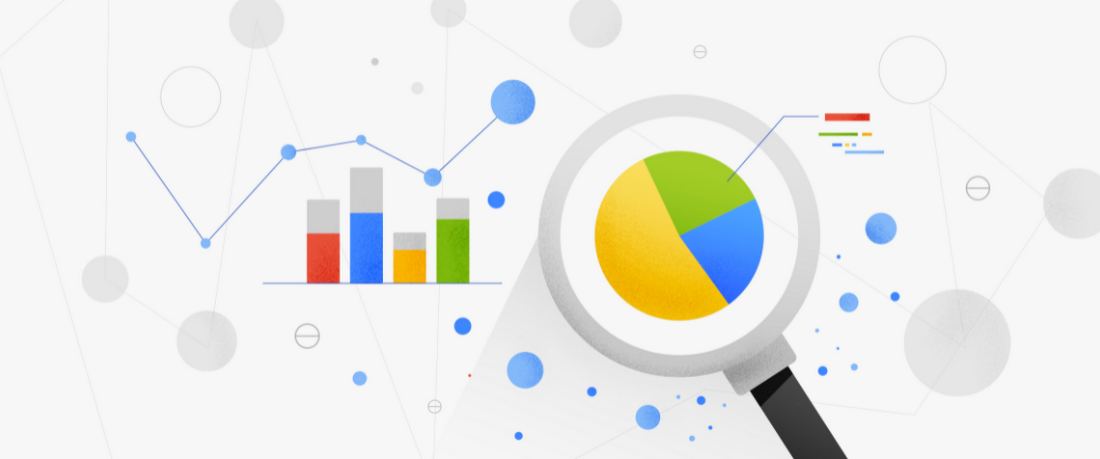How the State of Oklahoma is using data to fight the opioid epidemic

Quinn Chasan
Strategic Business Executive, Global Public Sector, Google Cloud
The opioid epidemic has plagued the United States for over 20 years. More recently, the COVID pandemic, with its associated stress and disruption, has contributed to new records for both the largest increase in opioid use—and the highest number of overdose deaths—to date.
But the pandemic has also spurred new focus on more comprehensive behavioral health initiatives, including increased innovation in service delivery to reach more people. As a real-world example of this shift, Google Cloud and premier partner Syntasa recently developed an Opioid Response Solution for state and local governments. This new solution supports behavioral health agencies by unifying datasets related to constituents seeking care. It also helps states identify more real-time and hyper-localized insights into the opioid epidemic. The solution combines the power of Google’s healthcare, media, and artificial intelligence / machine learning capabilities and applies them to public health agencies' mission of serving constituents' behavioral health needs.
Case study: Oklahoma fights the opioid epidemic
To determine the best path for opioid treatment for communities across the state, Oklahoma turned to the Opioid Response Solution, building on its reservoir of data.
“We saw in early proofs-of-concept that we could get much more granular in our understanding than before,” says Heath Hayes, Chief Communications Officer for Oklahoma Dept of Mental Health and Substance Abuse Services (ODMHSAS). Getting a deeper understanding of epidemic trends revealed individual communities were suffering at different levels, which enabled ODMHSAS to implement more effective, individualized community responses across the state.
We have a lot of data, including a robust system to share data with other agencies, but we had limitations in getting to a granular level. The Opioid Response Solution helped us see different trends with treatment versus prevention, and to better prioritize strategic communications…to be more impactful with resources, time, and who to engage and when
Heath Hayes, Chief Communications Officer for Oklahoma Dept of Mental Health and Substance Abuse Services
Access to cross-agency data uncovered new ways for the state to identify current issues and predict future ones—contributing to a more informed response plan. ODMHSAS also partners with other agencies within the state, such as the Medical Examiner's Office, to help them be even more effective.
The state is now broadening its scope by adding data from more than 500 school districts as a part of the Oklahoma Prevention Needs Assessment (OPNA). OPNA is a statewide survey of drug and mental health topics to drive prevention and intervention strategies. Each school completes the OPNA, which collects information on risk and protective factors in real time to tailor and optimize prevention and treatment resources. The data from this assessment helps give a broad picture of community trends and provides an entry point to gain deeper insight. The results of the OPNA, combined with other data at ODMHSAS, will help school districts better understand what factors impact their communities the most.
The goal for ODMHSAS is to be more proactive in engaging the communities to ensure both individual communities and officials understand one another. Getting data into the hands of decision-makers at the local level gives them the information they need to make informed choices. By letting data drive the decision-making process, officials can organize a more robust response on the ground, where the people need them most.
The next step? Engaging digitally. Hayes noted that they foresee search trends helping to drive the epidemic response. "What are people looking for? How does that inform risk factors? There's a lot of potential in merging our data with these search trends, which is very exciting."
For more information, watch the Google Cloud Government and Education Summit session on Sentiment Analysis Powers Vaccine Distribution and Opioid Analytics or explore this whitepaper on Addressing Vaccine Distribution through Sentiment Analysis. You can also join our Public Sector Community to share more ideas on scalable, regional approaches to public health with other public sector officials.

